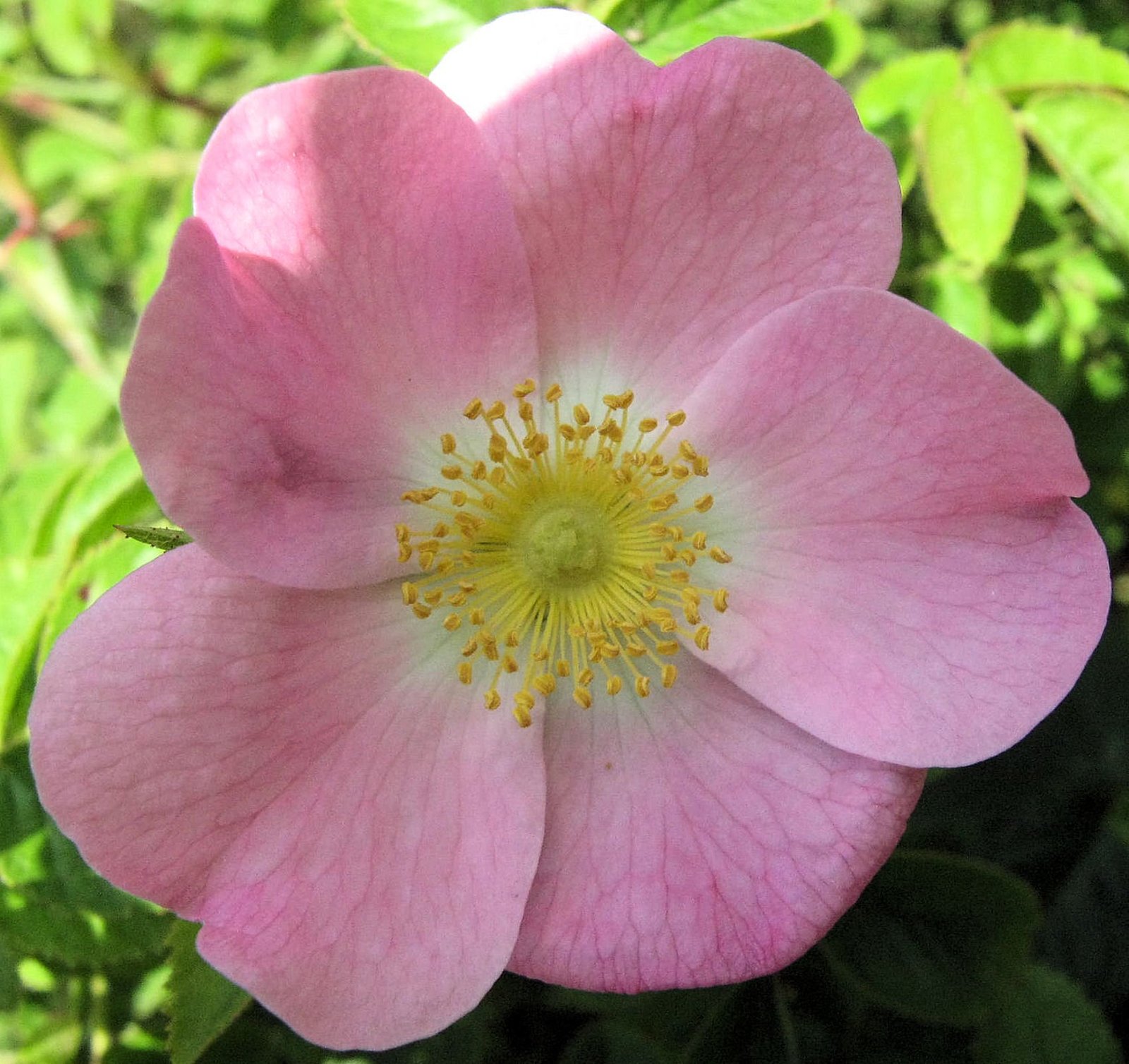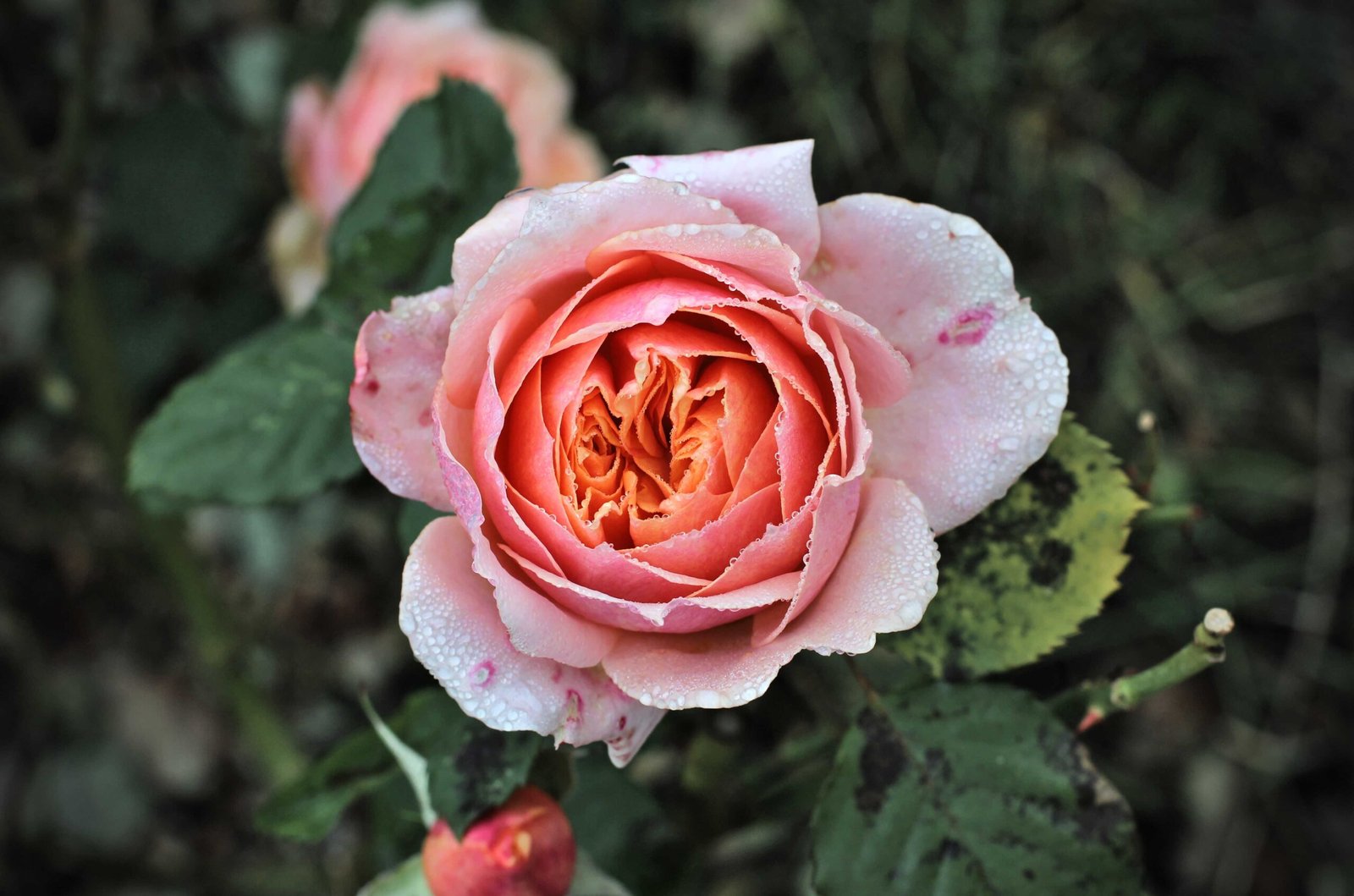Can Climbing Roses Grow Horizontally?

 , licensed under CC BY-SA 2.0
, licensed under CC BY-SA 2.0Climbing roses are known for their vertical growth habit, but with the right techniques and support structures, they can be trained to grow horizontally. Horizontal growth can maximize the number of blooms and create a stunning visual effect in your garden.
What Techniques Can Be Used to Train Climbing Roses Horizontally?

 , licensed under CC BY-SA 2.0
, licensed under CC BY-SA 2.0Identifying and Training Main Canes
- Identify the main canes of the climbing rose, which are the primary stems growing from the base of the plant. These canes form the structure of the rose.
- Train these main canes in a horizontal or near-horizontal position, ideally between 45 and 90 degrees. This encourages the growth of lateral canes, which bear the flowers.
Support Structures
- Use trellises, fences, or other upright structures to support the horizontal growth of the canes. For permanent structures like brick or stone walls, consider using a trellis, gridded metal, or straining wire with anchors.
- Tie the canes loosely to the support structure using strong jute or garden twine, ensuring there is enough space for the canes to thicken and move. Use 15-inch intervals for tying the canes to the support.
Pruning Methods
- In the first year, allow the rose to grow freely to encourage upward growth and thickening of the canes. In subsequent years, prune and train the canes horizontally.
- Prune to promote lateral growth and flowering. Curve and arch the stems rather than keeping them straight to encourage side lateral growth and flowering lower down the plant.
Optimal Spacing Requirements
- For vertical supports like pillars or obelisks, train the canes to grow up the support in an upward spiral, tying them at 8 to 12-inch intervals.
- For horizontal growth on a trellis or fence, space the canes evenly, ensuring they are as close to horizontal as possible. This allows each leaf node and bud eye to develop stems that hold bloom clusters.
What Environmental Conditions Are Necessary for Successful Horizontal Growth?
Sunlight Exposure
- Climbing roses need full sun to partial shade. Training the canes horizontally helps them receive more sunlight, as the lateral canes grow towards the sun, promoting more blooms.
Soil Type
- Climbing roses prefer well-draining soil that is rich in organic matter. Ensure the soil has a pH between 6.0 and 6.5 for optimal growth.
Watering Needs
- Keep the soil consistently moist but not waterlogged. Climbing roses need about 1 inch of water per week, either from rainfall or irrigation.
What Challenges or Issues May Arise When Growing Climbing Roses Horizontally?
Pest Management
- Regularly inspect the plants for pests like aphids, whiteflies, and spider mites. Use organic or chemical controls as necessary to prevent infestations.
Disease Susceptibility
- Climbing roses can be susceptible to diseases such as black spot and powdery mildew. Maintain good air circulation, remove infected leaves, and use fungicides if necessary.
Maintenance Requirements
- Regular pruning is crucial to maintain the shape and promote flowering. Prune in late winter or early spring to remove dead, diseased, or damaged canes.
- Ensure the support structures are sturdy and well-maintained to support the weight of the rose and its blooms.
By following these techniques and maintaining the proper environmental conditions, you can successfully train climbing roses to grow horizontally and enjoy a stunning display of blooms in your garden.
